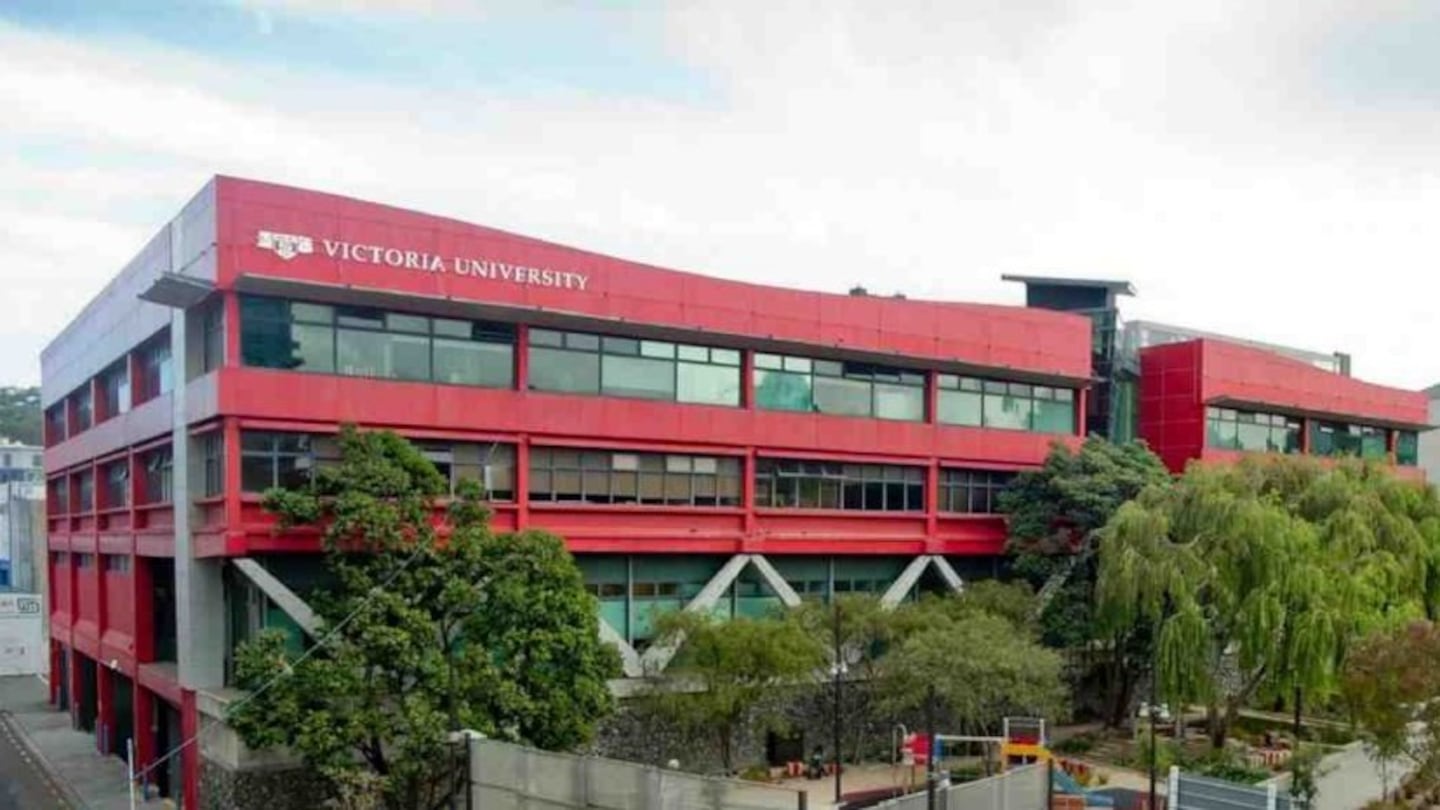Te Herenga Waka Victoria University of Wellington’s School of Architecture will offer a new specialisation that allows students to focus more deeply on mātauranga Māori in 2022.
The Māori Design and Environments specialisation will be part of the University’s Bachelor of Architectural Science programme.
The Wellington School of Architecture head, Professor Andre Brown, says incorporating mātauranga Māori and design practices into the school’s qualifications reflects the organisation’s commitment to Te Tiriti o Waitangi and to meeting the industry’s expectations.
“The aim of this new specialisation is to further increase the visibility of Māori design knowledge and incorporate Tārai Kōrero Toi, a Māori design language, into the knowledge and practice of our graduates,” says Brown.
The specialisation will include new courses designed specifically to fit this pathway, retain professional accreditation expectations, and provide a significant increase in the level of mātauranga Māori included in the BAS. The new courses will focus on mātauranga Māori and the built and natural environment.
'Everybody enthusiastic'
“The specialisation will enable Māori and non-Māori students interested in completing their undergraduate degree with a particular focus on mātauranga Māori to have this more formally recognised,” Brown says. “Māori students will be able to reflect on their own identity, mātauranga and practice through these courses more concretely.”
Brown says the specialisation also provides a clear opportunity for students to be part of a Māori-centred whānau within the school, which privileges mātauranga Māori and Māori world views. “We want the experience of our students at the university to be increasingly inclusive, place-based and reflective of an understanding of Māori world views and practices.”
Brown says the specialisation has received positive feedback from the professional body of architectures and believes "everybody is enthusiastic" for what lies ahead.
The Wellington School of Architecture hopes to attract a wider pool of Māori staff to provide expertise both within the specialisation and within the wider teaching and research activities at the school.
The specialisation also aims to increase both internal collaboration and connections between Māori students and staff, as well as external collaboration with iwi, graduates and other Māori organisations and communities.
“We hope to enable formal and productive cross-disciplinary collaboration centred on mātauranga Māori,” Brown says. “The intention is to link course assignments with projects of importance for iwi and Māori communities.”
Brown says the number of Māori students on the BAS programme has been steadily increasing in recent year and is optimistic a flow-on effect of the mātauranga Māori addition to the School of Architecture will see that trend continue.
Original story published on ArchitectureNow


